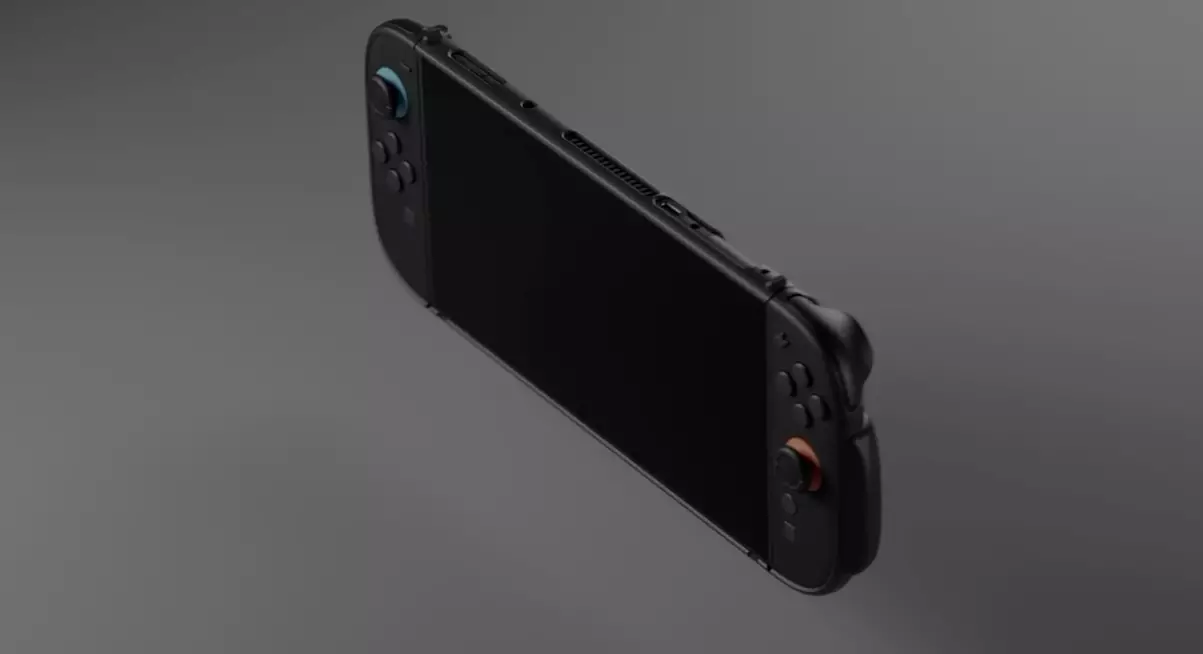As gamers eagerly await any formal announcement regarding the much-anticipated successor to the Nintendo Switch, the speculation and rumor mill is intensifying. This past week at the Consumer Electronics Show (CES) in Las Vegas, a flurry of reports surfaced, piquing interest among enthusiasts. Among the more notable participants was Genki, a renowned manufacturer of gaming accessories, which allegedly showcased new products designed for the forthcoming system. Although excitement swells around these developments, it’s essential to approach every piece of information with a critical eye.
Genki has reportedly gone so far as to share that the Switch 2 is set for release in April, a declaration that has raised eyebrows within the gaming community. While peripheral manufacturers often receive advance notice regarding major hardware changes, it remains unclear if Genki’s timeline is based on concrete intel or merely a marketing strategy to generate buzz around its products. Additionally, Genki presented a replica of the Switch 2, which might serve as a prop to demonstrate the compatibility of its accessories rather than an indication of the actual design. This kind of marketing tactic is not uncommon; companies often create mock-ups to accompany their promotional efforts without substantiated details about the actual gaming hardware.
Reports suggest that new Joy-Con controllers may introduce an optical sensor and an enigmatic “C” button, features that could revolutionize how players interact with games. Nevertheless, the purpose and functionality of these elements remain undefined, leading to further uncertainty. More tantalizing are the rumors regarding magnetic Joy-Cons, a concept that, if true, could enhance the modular capabilities of the Switch 2 significantly. Speculation aside, without official confirmation from Nintendo, such details are largely speculative and warrant cautious engagement from the gaming community.
The Nintendo Switch itself has seen remarkable success, recently marked as the second-best-selling gaming console in U.S. history, with over 46.6 million units sold. Yet, this monumental achievement casts a long shadow over its successor, as expectations grow alongside the franchise’s legacy. With the Nintendo DS still reigning supreme in sales, any new hardware must not only meet but exceed performance benchmarks set by its predecessor to gain traction in the competitive gaming market.
While Genki’s claims and the surrounding rumors may ignite interest, it’s crucial for consumers to remain patient and discerning. The gaming industry is rife with speculation, and often, such hype leads to disappointment when the final product underwhelms in comparison to expectations. As the gaming community holds its breath for more concrete announcements from Nintendo, the desire for innovation in the Switch 2 may reflect a broader yearning for advancement in the gaming experience itself. Until the official unveiling, speculation will abate only to be reignited, keeping gamers on their toes in anticipation of what lies ahead.

